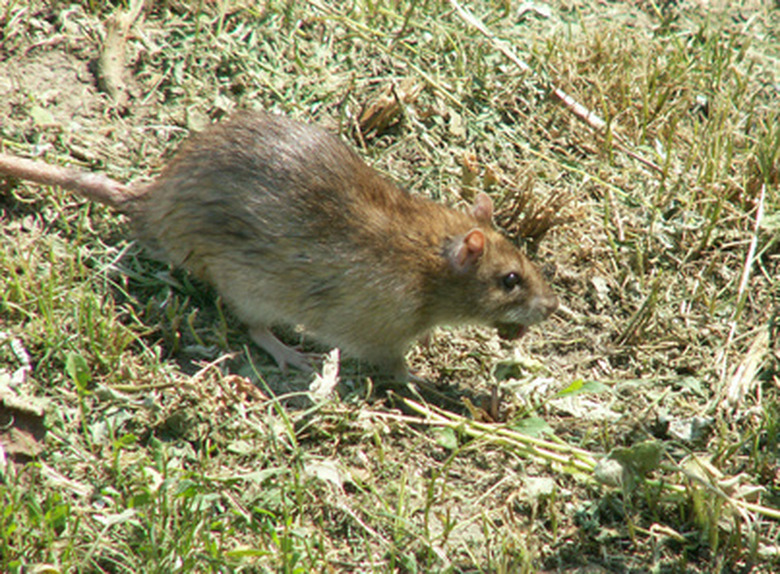List Of Rodents & Vermin
Pests around the home can be a big challenge for any homeowner. Among the many types of vermin, a few are more commonly encountered by people. Rats, mice, bugs and spiders are all attracted to human dwellings for food or shelter. They spoil food and can even cause fires and spread diseases.
Rodents
Rodents
Mice and rats are the two main types of rodent pests. Rats, the larger of the two, are represented by two main pest species: the Norway or brown rat (Rattus norvegicus) and the roof rat (Rattus rattus). The two main pest species of mice are the house mouse (Mus musculus) and the deer mouse (Peromyscus maniculatus). Mice and rats are attracted to human dwellings because of the easy availability of food and shelter. They cause damage to buildings by chewing through walls and can cause fire hazards by chewing through wiring.
Cockroaches
Cockroaches
There are many pest species of cockroaches, including the German cockroach (Blattella germanica), the Oriental cockroach (Blatta orientalis) and the American cockroach (Periplaneta Americana). Certain areas are home to local species, such as the Pennsylvania wood roach and the brown-banded cockroach. Cockroaches hide in cracks and crevices during the day, and emerge at night. Roaches can eat almost anything and can be difficult to control. Cleaning up leftover food and eliminating leaks in pipes helps to reduce cockroach numbers. Chemical controls, such as baits, traps and insecticides, can be used to eradicate them.
Other Insects
Other Insects
Many beetles and moths can live in your house, typically infesting stored grain products or devouring natural fibers, such as wool, and fur. Eliminating these pests requires locating the source of the infestation and getting rid of any infested food sources. Discard any infested products and any opened packages of food that you might suspect are infested. Clean out any nooks and crannies where food might have spilled. Because these pests often infest areas where food is kept, pesticide use is not recommended.
Spiders
Spiders
Spiders sometimes come indoors during the colder months to seek shelter. They generally fall into two groups: web-building spiders and jumping spiders. Most spiders are not dangerous; many are even beneficial. However, most people would rather have the spiders stay outside. Spiders can be controlled by clearing out underbrush from the perimeters of buildings and clearing the spiders' webs. Seal any cracks around the foundation with caulk or expanding foam. Replace any screens that are damaged or do not fit properly. You can cut spider numbers by switching to outdoor lighting that does not attract insects.
Cite This Article
MLA
Slake, Mandy. "List Of Rodents & Vermin" sciencing.com, https://www.sciencing.com/list-of-rodents-vermin-13406065/. 21 July 2017.
APA
Slake, Mandy. (2017, July 21). List Of Rodents & Vermin. sciencing.com. Retrieved from https://www.sciencing.com/list-of-rodents-vermin-13406065/
Chicago
Slake, Mandy. List Of Rodents & Vermin last modified March 24, 2022. https://www.sciencing.com/list-of-rodents-vermin-13406065/
